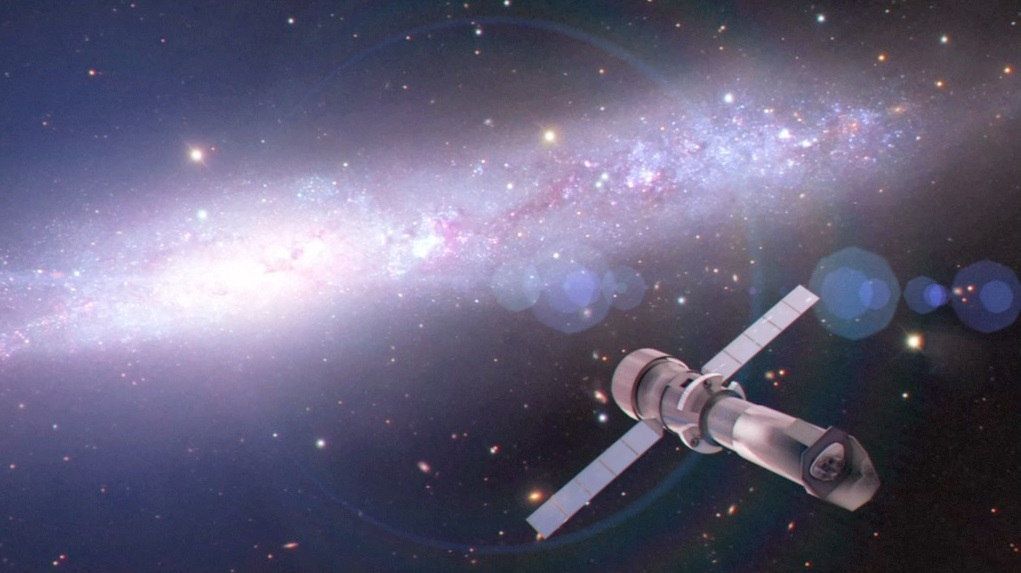
Europe’s major X-ray space telescope may get scaled back due to budget constraints (Image Credit: Space.com)
The European Space Agency (ESA) is considering ways to redesign a major X-ray space telescope after a number of ESA member states have backed out of the project.
Athena, or Advanced Telescope for High-Energy Astrophysics, was selected by ESA in 2014 and is intended to launch to Sun-Earth Lagrangian point 2, a spot about 1 million miles (1.5 million kilometers) away from Earth on the planet’s night side. There, it would study supermassive black holes, formation of galaxy groups, supernovas and other cosmic phenomena by observing X-ray emissions.
However, ESA is now looking at possibilities to scale back the design of the observatory in the face of rising costs, SpaceNews reported (opens in new tab), quoting comments from Paul McNamara, ESA astronomy and astrophysics coordinator, during a July 21 presentation to NASA’s astronomy and astrophysics committee.
Related: New map of the universe unveils a stunning X-ray view of the cosmos
Athena had an estimated cost of about 1.17 billion euros, adjusted to today’s prices, when first selected. However, by May of this year, estimates had grown to 1.9 billion euros, according to the report.
The mission has been progressing well on the technology side, including the development of a new, lightweight mirror. However, ESA’s costs have risen due to a number of partners pulling out. “Several of the member states concluded that they were unable to fulfill their commitments,” McNamara said, asking that ESA take over their responsibility, according to the report.
ESA is keen that the increased costs do not impact other missions and is now looking to “rescope” Athena to reduce its pricetag. McNamara stated that the agency is not looking to cancel the project.
The revised design, known as NewAthena, will likely change the project’s science instrument configuration and the mission’s science goals. The mission was initially slated to launch in 2028, but the changes to the mission could have implications for its schedule.
The changes could also have repercussions for NASA, which is involved in science payloads, providing hardware and testing and calibration facilities. McNamara suggested that ESA would be open to more intensive involvement from the space agency as one “rescope” option.
“No door is closed,” he said. “We’re looking for any way we can try to get the best mission possible within the programmatic constraints.”
Follow us on Twitter @Spacedotcom and on Facebook.





